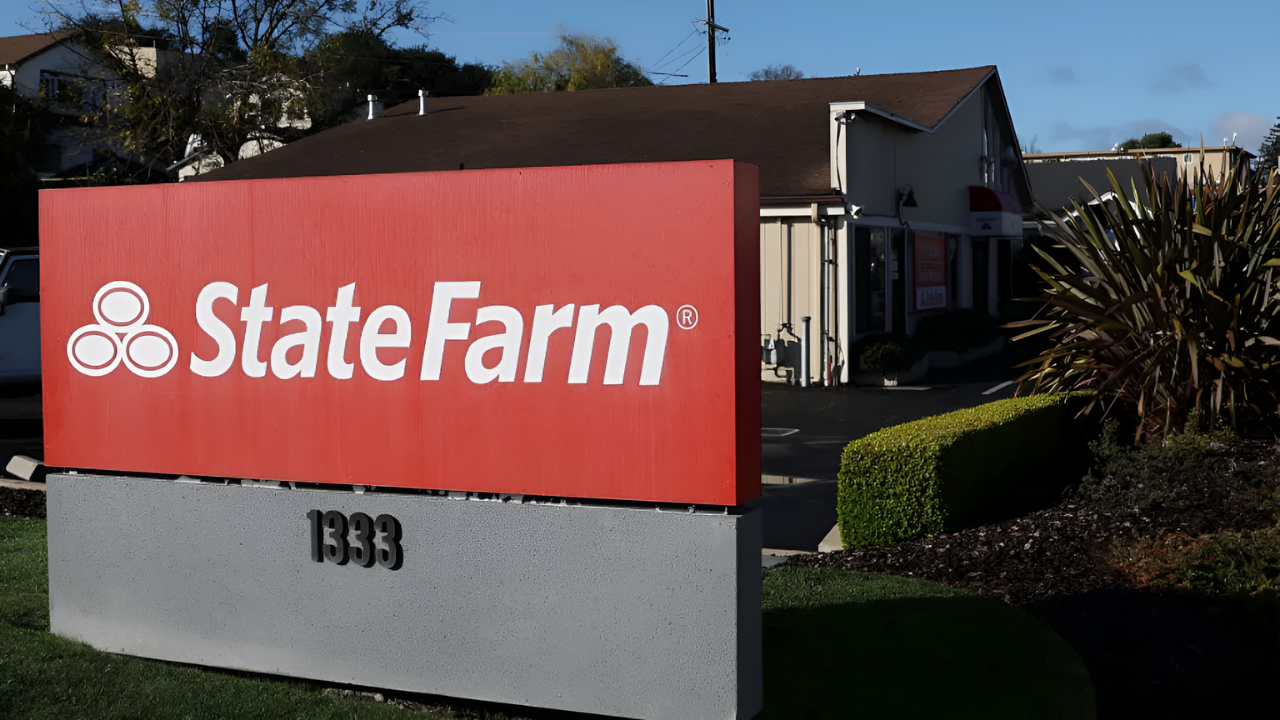
The night the Palisades Fire swept over the ridgeline, residents felt the heat before they saw the flames. Within minutes, entire neighborhoods vanished, and by morning, thousands of homes were lost. But the devastation ran deeper than property—it exposed a critical flaw in California’s safety net: the insurance system designed to protect homeowners had already begun to unravel.
State Farm’s Departure Signals a System in Crisis
In May 2023, State Farm, California’s largest home insurer, announced it would stop issuing new homeowner policies in the state. Months later, it non-renewed 72,000 existing policies, leaving millions scrambling for alternatives. The state’s FAIR Plan, intended as a last-resort insurer, suddenly became the only option for many. Demand surged overnight, transforming an emergency backup into the primary insurer for entire regions.
State Farm’s exit was driven by mounting financial losses—over $6.3 billion in 2023 alone—fueled by escalating wildfire claims, rising construction costs, and soaring reinsurance prices. Company leaders determined that raising premiums enough to cover these risks would make insurance unaffordable for most. As State Farm withdrew, other major insurers like Allstate, AIG, and Progressive followed suit, deepening the crisis.
Wildfires Overwhelm the Last Line of Defense

The fragility of California’s insurance safety net became undeniable in January 2025, when fourteen wildfires erupted across Southern California in a single week. The Palisades Fire alone destroyed nearly 7,000 homes, while the Eaton Fire leveled entire neighborhoods. About 200,000 residents were displaced. The FAIR Plan absorbed an estimated $4.1 billion in losses from just two of these fires, revealing that it was never designed to handle disasters of this magnitude.
By February, the state’s insurance commissioner approved a $1 billion emergency assessment—the first in more than thirty years—requiring every homeowner to contribute, regardless of whether they had filed a claim. FAIR Plan reserves had dwindled to $400 million, and officials warned that another major wildfire could force partial payouts or delays, pushing families into financial uncertainty.
A National Pattern: Insurance Retreats as Climate Risks Rise

California’s predicament is not unique. Across the country, climate-driven disasters are straining insurance markets. In Florida, Citizens Property Insurance ballooned to 1.4 million policies before lawmakers intervened, shifting many back to private insurers. However, this transition often came with tripled premiums, highlighting that moving policies does not reduce risk—it merely redistributes it.
Louisiana’s insurance sector buckled under repeated hurricanes, with a dozen companies going insolvent and premiums in some parishes jumping 60 percent in a year. Citizens Property Insurance became the fallback, but economists warn that another major storm could destabilize the entire system. In Texas, average homeowner premiums have soared 146 percent since 2013, and over a million homes now lack insurance altogether.
Climate Change Outpaces Old Risk Models
The insurance industry’s traditional risk models, based on historical data, are no longer reliable. The past decade has seen the eleven hottest years on record, with global temperatures now 1.42°C above pre-industrial levels. Hotter oceans intensify hurricanes, while drier conditions fuel megafires. Actuaries estimate that insurers would need to double or even quadruple rates to remain solvent, a cost most homeowners cannot bear.
Coastal regions face a dual threat: rising seas and stronger storms. Saltwater intrusion and storm surges are causing flood losses with increasing frequency. Many insurers, after reviewing long-term projections, have concluded that writing profitable coastal coverage is no longer feasible, leaving entire communities at risk of becoming uninsurable.
Economic Ripple Effects and the Limits of State Plans

When insurance systems falter, the consequences ripple through the economy. Property values drop, lenders pull back, and real estate markets stall. Contractors lose work, and local governments see shrinking tax revenues. Uninsured homeowners risk total financial ruin if disaster strikes.
California’s FAIR Plan now carries nearly $700 billion in exposure but holds only $400 million in reserves. Coverage caps are lower than private policies, and reinsurance protection is limited. Officials acknowledge that a single catastrophic wildfire season could result in delayed or partial claims—not due to policy failure, but because the financial math no longer adds up.
A Tipping Point for Homeownership and Resilience

State Farm’s withdrawal marked a turning point, prompting a national reassessment of how insurance markets can—or cannot—keep pace with climate-driven risks. As more companies exit, state-run plans are stretched to their limits. The 2025 fire season is already unfolding under heat and drought warnings, and analysts caution that simultaneous disasters could overwhelm both state and private insurers.
Most mortgages require homeowner’s insurance, so when coverage vanishes, lenders hesitate and home sales stall. Housing economists warn that this dynamic is creating pockets of unmortgageable property, an early sign of deeper market instability.
Experts argue that the only sustainable path forward is investing in stronger building codes, defensible space, and flood infrastructure. Homes built for yesterday’s climate cannot withstand today’s extremes. Without significant upgrades, insurers cannot return, and state plans cannot bear the load.
California’s insurance system now stands one major disaster away from collapse. The choice is stark: invest in resilience now, or accept that insurable homeownership in high-risk regions may soon be reserved only for those wealthy enough to rebuild without help.